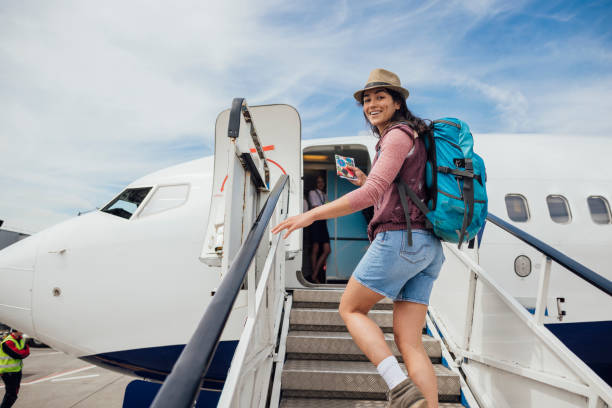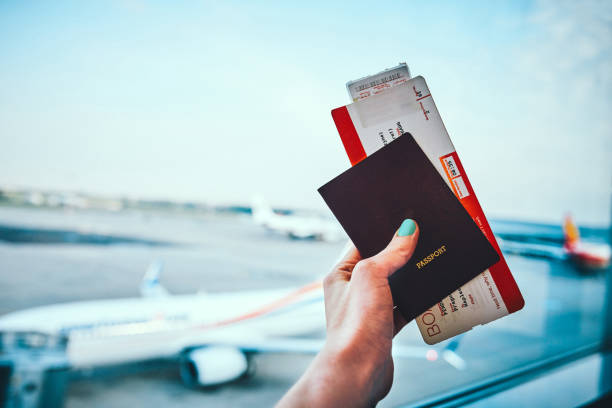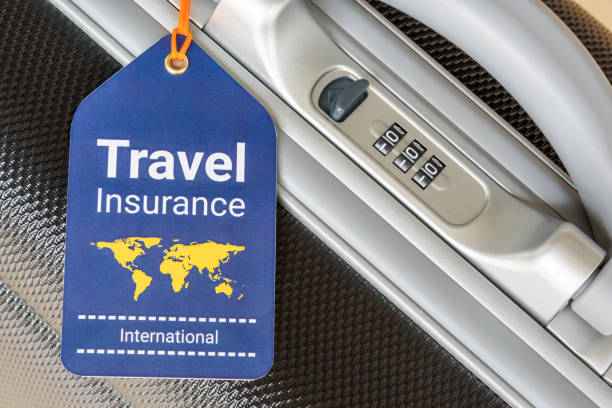How To Overcome Language Barriers While Traveling
Traveling to a foreign country is an enriching experience which offer a unique opportunity to explore different cultures, foods, and landscapes. However, language barriers can make navigating a new country challenging. Communicating basic needs, understanding directions, or even ordering food can become difficult if you don’t speak the local language. Fortunately, there are practical tools and strategies to help you overcome language barriers and fully enjoy your travel experience.
This guide explores effective ways to communicate across languages, from using technology to understanding non-verbal cues, making your journey as smooth and enjoyable as possible.
How to Get Prepared Before You Travel
Learn Basic Phrases and Vocabulary
Preparing with a few key phrases can make a big difference. Learning greetings, directions, emergency words, and polite expressions like “please” and “thank you” helps bridge initial communication gaps. Pronunciation is important, so consider practicing with native speakers or online resources.
Use Language Learning Apps
Apps like Duolingo, Babbel, and Rosetta Stone are excellent tools to start learning basic vocabulary and conversational phrases. These apps make it easy to practice pronunciation and comprehension skills, often through fun, gamified exercises. Using these tools regularly before your trip will help you build familiarity with the language.
Familiarize Yourself with Local Culture and Non-Verbal Cues
Understanding cultural norms can be as important as language itself. Certain gestures, eye contact, or ways of addressing people vary widely across cultures. Learning common gestures or what behaviors are polite or impolite can prevent misunderstandings and help you communicate more effectively without words.
Using Technology to Bridge Language Gaps
Translation Apps and Tools
Popular translation apps like Google Translate, iTranslate, and Microsoft Translator are essential travel companions. These apps offer text translation, voice-to-text capabilities, and some even work offline. Download the relevant language packs before your trip to ensure you have access in areas without internet.
Voice Translation Devices
Portable translation devices like Pocketalk or Travis Touch are designed for seamless translation on the go. These devices are particularly helpful for real-time conversation, making them useful for business travelers or those who frequently travel to non-English speaking countries. However, they can be an investment, so consider the frequency of your travels before purchasing.
Using Photo and Visual Translation Features
Visual translation tools, like Google Translate’s camera function, allow you to translate text from images. This feature is ideal for reading signs, menus, or directions in the local language. Simply point your camera at the text, and the app will display the translation, helping you navigate with ease.
Tips for Effective Communication Without Knowing the Language
Use Gestures and Body Language
Gestures are a universal way to communicate when language isn’t an option. Pointing, nodding, and using hand signals can be effective for simple interactions. Keep in mind that gestures may have different meanings in different cultures, so it’s helpful to learn what gestures are polite or appropriate in the country you’re visiting.
Speak Slowly and Clearly
If you do attempt to speak in the local language or even in English, speak slowly and avoid slang or complex words. Many locals may understand some English but will appreciate the clarity of simple sentences. A slower pace also allows them time to process your words and respond accordingly.
Carry a Pocket Phrasebook or Cheat Sheet
Sometimes, having a pocket-sized phrasebook or a cheat sheet with key phrases can be invaluable. Write down important phrases like “Where is the restroom?” or “I have a food allergy” in both English and the local language. Carrying a small notepad with these translations makes it easy to point to phrases when communicating with locals.
Connecting with Locals to Navigate Language Barriers
Find English Speakers in Tourist-Friendly Areas
Tourist attractions, hotels, and cafes in popular areas are often staffed by people who speak some English. Seeking out these places when you need assistance or directions can make interactions smoother. In major cities, many signs and directions are also displayed in English, helping visitors find their way.
Use Local Guides and Tour Services
Hiring a local guide or joining a tour group can significantly ease communication. Guides are usually fluent in English and knowledgeable about the area, making it easy to ask questions and receive recommendations. They can also provide cultural insights, enhancing your overall travel experience.
Join Language Exchange Programs and Meetups
Many cities offer language exchange programs or events where locals and travelers can practice languages together. These meetups are not only an opportunity to practice language skills but also a chance to make friends and learn about the local culture from native speakers.
Staying Safe and Handling Emergencies
Learn Essential Emergency Phrases
Before traveling, learn phrases related to medical assistance, directions, and police help. Knowing how to ask for help, say “I need a doctor,” or state a medical emergency in the local language can be lifesaving in critical situations.
Use Emergency Contact Cards
Consider creating a small card with information on allergies, medical conditions, and emergency contacts written in both English and the local language. If you’re in a situation where communication is difficult, you can show the card to a local for assistance.
Store Important Addresses and Contacts in Multiple Formats
Save key addresses, such as your hotel and embassy contact information, in multiple formats, such as on paper, your phone, and in a local language app. This will be helpful if your phone battery dies or if you’re in an area with limited internet access.
Language Barrier Tips for Dining and Shopping
Using Visual Aids for Ordering Food
Using images can make ordering food easier. You can take photos of dishes you’re interested in or show pictures of common food allergies to restaurant staff. Google Images can also help if you want to look up certain ingredients or local dishes.
Understanding Local Currency and Basic Math Terms
Knowing basic terms for numbers, currency, and terms like “how much” or “change” can make shopping experiences smoother. Simple gestures and hand signals can also help when asking for prices or indicating quantity in markets.
Ask for Recommendations Based on Common Dishes
If language is a barrier, ask for the “local specialty” or the “most popular dish.” Waitstaff in popular dining spots are usually happy to recommend dishes, and this approach allows you to try authentic meals while keeping the communication simple.
Learning and Embracing New Languages Over Time
Building on Language Skills Through Immersion
Immersing yourself in the language by engaging with locals helps you learn more effectively. Try repeating commonly used phrases and pick up vocabulary by listening to others. Even short interactions with locals, such as asking for directions or ordering at a cafe, reinforce language retention.
Stay Consistent with Practice
Practice makes perfect, and the more you engage with the local language, the more comfortable you’ll feel. Dedicate a few minutes each day to review phrases or ask locals simple questions in their language. This consistency boosts confidence and helps you become more fluent over time.
Reflecting on the Cultural Experience
Overcoming language barriers adds a rewarding element to travel. Each new phrase learned or interaction made possible by language skills enriches the journey and fosters cultural understanding. Embrace these moments as part of the adventure, and you’ll return with new skills and stories to share.
Conclusion
Language barriers may seem daunting at first, but they are part of the unique experience of traveling abroad. By preparing with basic language skills, utilizing technology, and adapting your communication style, you can navigate these challenges with confidence. Remember to approach language barriers with patience, a sense of humor, and an open mind. Ultimately, overcoming language barriers will not only enhance your travels but also deepen your appreciation for the cultures you encounter.
Frequently Asked Questions
Q: What are the best translation apps for travelers?
A: Google Translate, iTranslate, and Microsoft Translator are popular choices. They offer text translation, voice translation, and even photo translation for menus and signs.
Q: How can I order food in a restaurant if I don’t speak the language?
A: Use visual aids like photos of dishes or a translation app to show staff your preferences. You can also ask for the most popular or local specialty dish to simplify communication.
Q: Is it necessary to know the local language when traveling?
A: While it’s not mandatory, knowing basic phrases can enhance your experience and help in essential situations. Locals also appreciate the effort, which can lead to more positive interactions.
Q: Can body language replace words in a foreign country?
A: Yes, simple gestures and body language can convey meaning, especially for basic needs. However, be mindful of cultural differences in body language to avoid misunderstandings.
Q: What should I do if I have a medical emergency and can’t communicate?
A: Carry a card with emergency information in the local language and save key addresses and contacts. Showing this information to locals or emergency responders can help ensure you receive assistance.


